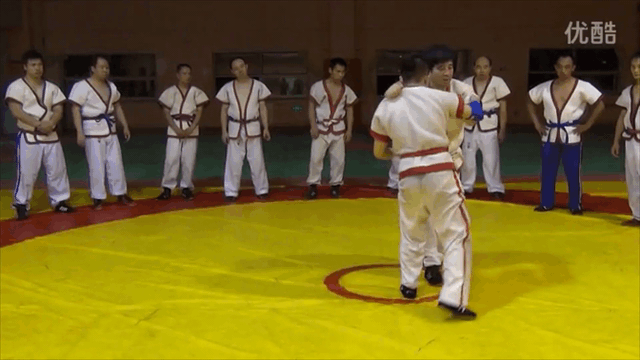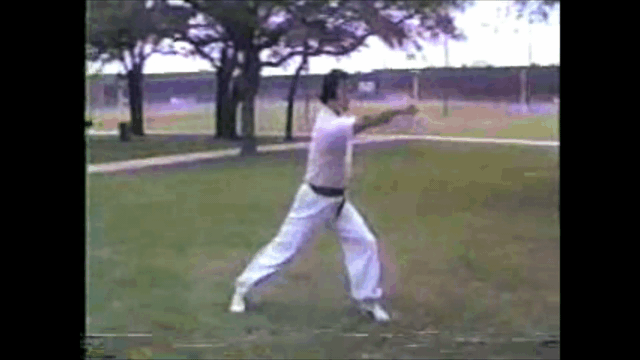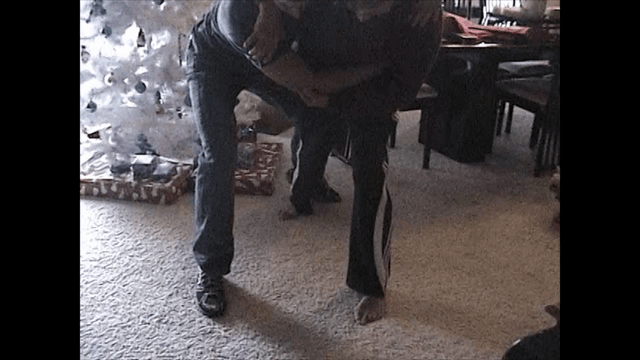skribs
Grandmaster
@wab25
In fairness to you, I should have probable read the post I was talking about a little bit more carefully. Now I realize what you said is not what I was thinking of. Rabbit trail: I will disagree that a sweep and a down block share the same movement, as I would do the sweep described and the down block a little differently, but I can at least see where the connection between the two can be made.
What I was thinking (and I've seen in quite a few of these discussions) was when this concept gets stretched further and further. For example, that a lunge punch might be a kick and a punch, or that any step is also a sweep. Those discussions kind of get to the point where I feel if you subscribe to the line of thinking, you could make going for a walk be how to practice your kicks.
In fairness to you, I should have probable read the post I was talking about a little bit more carefully. Now I realize what you said is not what I was thinking of. Rabbit trail: I will disagree that a sweep and a down block share the same movement, as I would do the sweep described and the down block a little differently, but I can at least see where the connection between the two can be made.
What I was thinking (and I've seen in quite a few of these discussions) was when this concept gets stretched further and further. For example, that a lunge punch might be a kick and a punch, or that any step is also a sweep. Those discussions kind of get to the point where I feel if you subscribe to the line of thinking, you could make going for a walk be how to practice your kicks.




